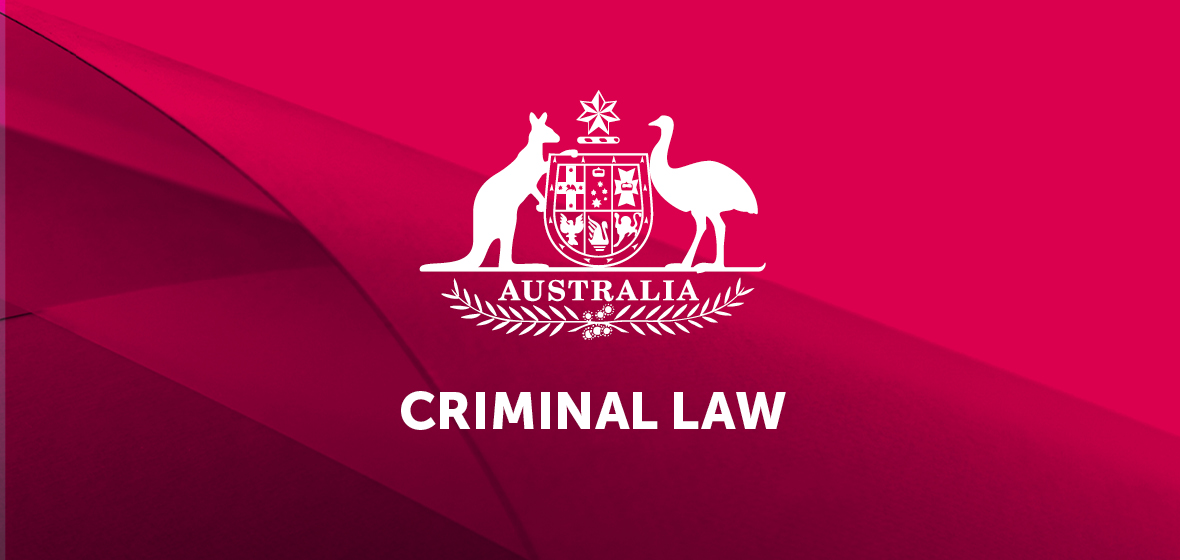Key decisions
- Ahmad v Director of Public Prosecutions [2017] NSWSC 90
- Potts v R [2017] NSWCCA 10
- Manny v Australian Securities and Investments Commission [2017] NSWCA 44
Ahmad v Director of Public Prosecutions [2017] NSWSC 90
Bail pending committal hearing – bail hearing
In this decision on a delayed bail application, the Supreme Court has held that in general, the Local Court is obliged to hear bail applications prior to disposing of a matter for committal. In the process, the Court considered some of the more ambiguous provisions in the Bail Act 2013 (NSW).
The applicant was charged with supplying a large commercial quantity of a prohibited drug – an offence which carries life imprisonment, and is a ‘show-cause’ offence for the purposes of bail.He had been in custody for about 11 months when he first applied for bail, but unfortunately the application was marked ‘Not Reached’ by the Magistrate – it was 21 December 2016, and the constraints of a busy time of year in an already-busy court, and a relatively lengthy bail application (30 to 60 minutes) got the better of the listing. It was adjourned for bail application on 31 March 2017, being the first available date. But that hearing would have been more than a month after the date of the committal hearing, which was to be on 24 February.
The applicant appealed to the Supreme Court in its supervisory jurisdiction for an order in the nature of mandamus.Campbell J, sitting alone, allowed the appeal and directed an order in the nature of mandamus obliging the Local Court to determine the bail application before it determined the committal.
Although he was successful in the outcome, the applicant had relied (unsuccessfully, in this regard) upon the interpretation of certain sections of the Bail Act: s 41 (‘Limitation on length of adjournments if bail refused’) and s 71 (‘Bail applications to be dealt with expeditiously’).
Section 41 provides that if a person is bail refused, ‘the matter’ may not be adjourned for more than eight clear days.
Campbell J held that the meaning of this requirement is ‘somewhat obscure’ (at [25]). Interpreting the section literally would cause the criminal justice system to grind to a halt, given matters would need to come back to court every eight days (at [26]-[27]). His Honour held that it was probable that the real meaning of the provision was that the initial hearing (or mention) is not to be adjourned, except with the consent of the accused, for a period of more than eight days (at [28]). The lack of published decisions on the section led his Honour to observe that perhaps it is not actually serving any practical purpose (at [30]).
Section 71 provides that a bail application ‘is to be dealt with as soon as reasonably practicable’. His Honour observed that, whilst the section ‘does import a sense of urgency’, it needed to be interpreted as meaning ‘as urgently as the limited resources of the court will permit’, particularly given that court resources are not really directly controlled by the court itself (at [31]).
Nevertheless, ultimately his Honour determined that there is a principle of general application that the date for a bail hearing should not be fixed for hearing beyond the period when the matter will remain in the Local Court (at [36]). This seems to be qualified by two propositions. First, the requirement is one of reasonable practicality and is not an absolute standard (at [38)). Secondly, it does not apply to what his Honour described as ‘extreme examples’, such as the making of a bail application for the first time orally in court when the paper committal is being heard that day (at [37]).
By way of post-script, there was apparently disagreement between the parties about whether this decision obliged the Local Court to hear the bail application before the day of the hearing, or simply before the committal was determined (ie the same day as the committal). In Ahmad v Director of Public Prosecutions (No 2) [2017] NSWSC 204 – a decision determining the costs from the first decision – Campbell J observed that his orders in the original decision did in fact leave open the possibility of hearing the bail application the same day as the committal (at [5] of this second judgment).




